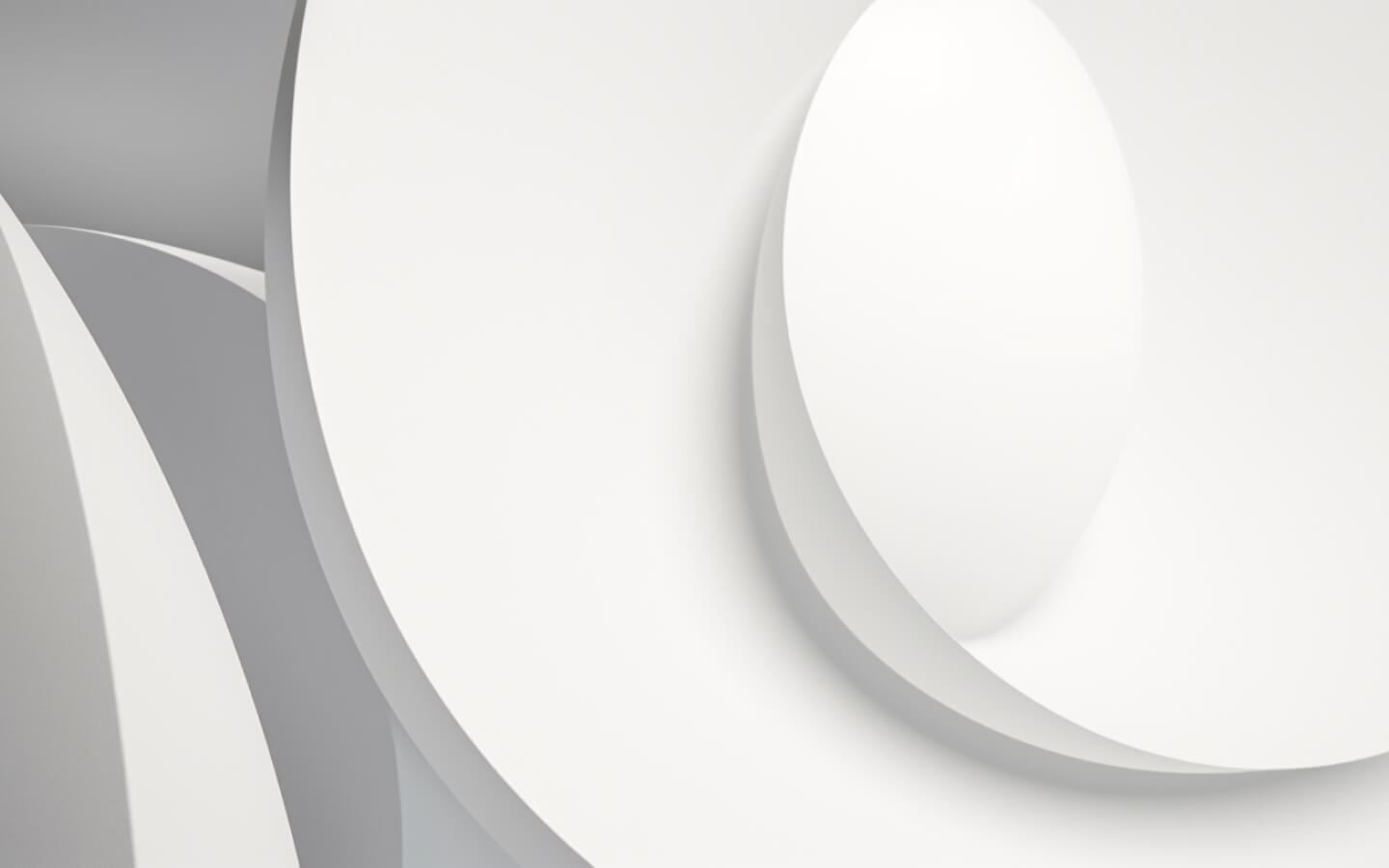Three Reasons Why You Should Think of Your Website or Application as a Product Rather Than a Project
And how reframing your workflow can improve user experience
It’s difficult to imagine tech without constant innovation. That’s why phones have the option to update your apps automatically, and your laptop is constantly bugging you to install the latest updates. Behind every successful app or webpage is a team of people nurturing it to iron out bugs and push out new developments. Because products are living things that constantly evolve in order to stay relevant, unlike projects with a fixed timeline and end date. Here’s why you should think of your website or app as a product rather than a project and how reframing your thinking can improve overall user experience and workflow:
1. The Launch: A finish line vs. a starting gun.
When working on a project, the launch is usually the finish line. You have a planning stage, design, the build, then boom, the launch comes, and the project is done. Without regular updates or next steps, that project will get stale fast.
With a product, you’re always going to be refining and building. Instead of the finish line, the launch is the starting gun. Your product should be regularly updated biweekly or monthly for minor enhancements to significant updates and launches. As soon as your website goes live, you should already have an internal roadmap guiding your team so they know what’s next for your product.
2. Let’s talk timelines.
Projects are relatively straightforward. You have a brief and a singular goal you’re working towards. Maybe you have a project manager helping you map out a fixed timeline with a beginning, middle, and end. Everything has a deadline. Eventually, the project launches, then poof, it’s over.
On the other hand, products have an ongoing timeline because if you stop nurturing them, eventually you’ll accumulate technical debt, making changes more difficult, impacting functionality and the overall user experience. Instead of one fixed timeline, products require a roadmap and a backlog. A backlog to establish goals, wants, and needs, and a roadmap to determine urgency and when and how it will get done.
3. Benefits of the backlog.
The backlog determines what gets added to the roadmap. Consider it as a wishlist full of goals and ideas for your product. It’s a living document that’s ever-expanding as your product grows and develops. It can help determine the priority of different features on your list, helping your product manager and team plan for the future. The backlog is key to product management, continuous improvement, and avoiding technical debt.
If you’re trying to figure out the next moves for your website or app, think of it as a product and create a backlog and roadmap to clearly define the next steps. Maintaining a successful website or app requires continuously investing time and resources to meet your goals and avoid technical debt. Most importantly, the launch of your product is never the end of the road. It’s just the beginning.
Want to learn more? Check out what our Web Development Agency can do for your brand.


